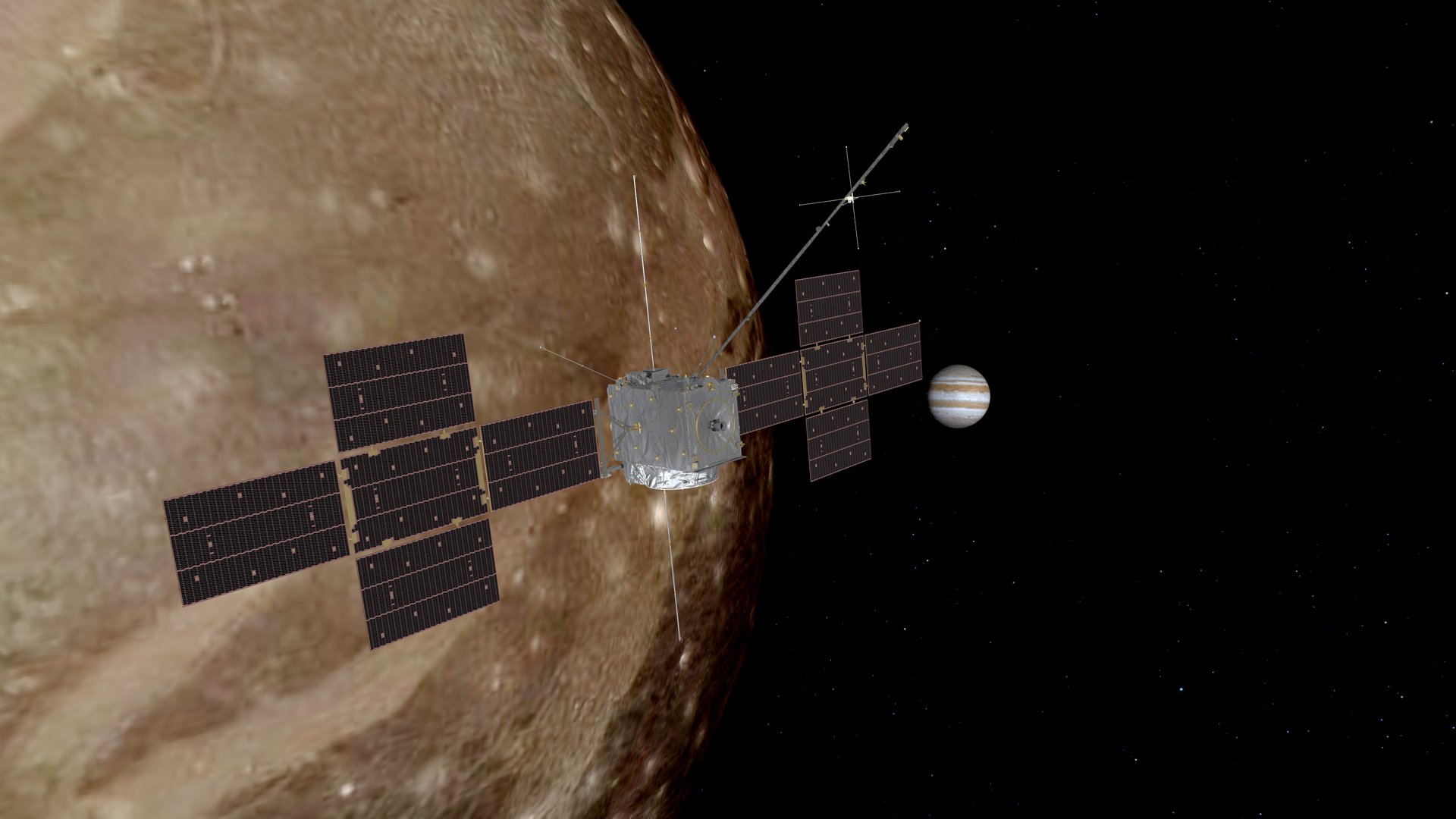With today's (April 14, 2023) launch of ESA's Jupiter Icy Moons Explorer - JUICE for short - IHP technology has also gone on the more than one billion kilometre journey. Two circuits developed at IHP are among the core components of the Chirp Transform Spectrometer, developed by the Max Planck Institute for Solar System Research (MPS), which can determine the composition of Jupiter's stratosphere, for example, by analysing spectra. The measuring instrument is one of numerous instruments with which detailed observations of Jupiter and its three large moons Ganymede, Callisto and Europa are to be accomplished.
For space applications, in addition to radiation resistance, the reduction of size, weight and power consumption of the individual components is important. Tiny integrated circuits help to improve the spectrometer developed by the MPS compared to its earlier model. The IHP has designed and manufactured a chirp generator circuit using the in-house 0.13 µm SiGe BiCMOS technology. This generates a chirp signal, which is necessary for the functionality of the spectrometer. The digitisation, calculation and storage of the spectral power values is handled by another chip: the two-channel analogue-to-digital converter was designed in collaboration with the Institute for Electrical and Optical Communications Engineering at the University of Stuttgart.
"Our work over the past years makes an important contribution to the spectrometer and thus to achieve the goals of the entire JUICE mission," says IHP project manager Dr Philip Ostrovskyy. Scientists from the Circuit Design and System Architectures departments worked together with experts from IHP's Technology department. "Such a circuit is always a collaborative effort, within IHP as well as with partners and clients," explains the expert.
The Scientific and Technical Director of the IHP, Professor Gerhard Kahmen, emphasises the significance of the development: "The circuits and their use in an important measuring instrument for an interplanetary space mission are an outstanding achievement of our institute. They contribute significantly to establish IHP as a partner for radiation-resistant technologies." In fact: This is not the first time that IHP technology has been used in space. The research institute has been developing radiation-resistant circuits for years and offers them as part of the MPW service.





